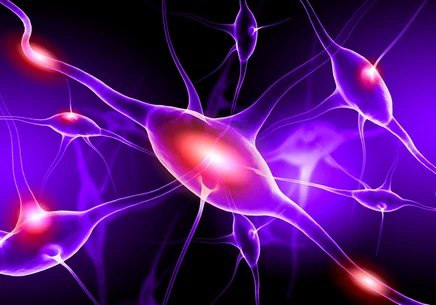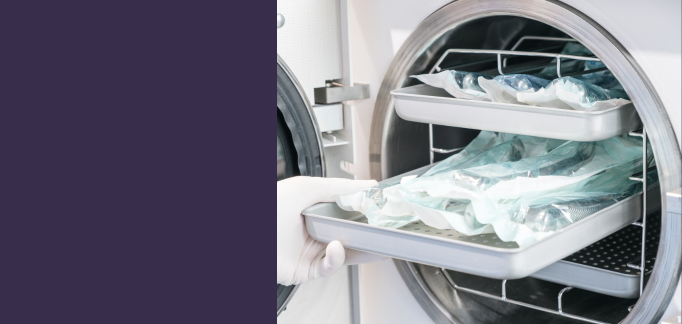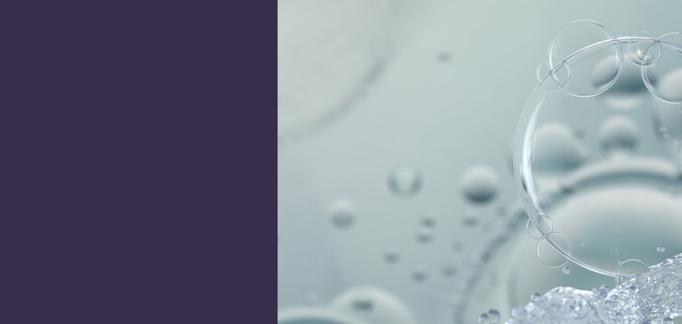The Battle Against Prions: Ensuring Safety in Medical Settings
Transmission Risks
CJD can be transmitted through contaminated medical equipment, hormone therapy with cadaveric human growth hormone, and implants of contaminated grafts1. Known instances of iatrogenic CJD have resulted from exposure to infectious brain, pituitary, or eye tissue1. This highlights the importance of stringent sterilization protocols in medical settings.
Inactivation Challenges
Prions are notoriously resistant to conventional chemical and physical decontamination methods1. However, specific formulations of alkaline and enzymatic detergents have shown promise in eliminating prion infectivity1. Effective sterilization methods include autoclaving at 134°C for 18 minutes or using a combination of sodium hydroxide and autoclaving1.

Best Practices for Sterilization
To prevent prion contamination, instruments should be kept wet or damp after use and decontaminated as soon as possible1. Special prion reprocessing is necessary for critical or semicritical medical devices that have had contact with high-risk tissues from high-risk patients1. Recommended sterilization options include autoclaving at 134°C for 18 minutes, autoclaving at 132°C for 1 hour, or using sodium hydroxide followed by autoclaving1.
Low-temperature sterilization methods, such as Hydrogen Peroxide Gas Plasma (HPGP), offer significant advantages over traditional methods. HPGP is not only effective in inactivating prions but also safer for medical instruments and environments. This method ensures thorough sterilization without the high temperatures that can damage sensitive equipment, making it a preferred choice in medical settings.
Standard Precautions
Standard precautions should be used for all patients with known or suspected CJD1. This includes wearing gloves, masks, gowns, and protective eyewear when handling potentially infectious materials1. Instruments should be tagged and handled with special prion reprocessing protocols1.
By adhering to these guidelines and adopting advanced sterilization methods like HPGP, we can significantly reduce the risk of prion transmission in medical settings, ensuring the safety of both patients and healthcare workers. Stay informed and vigilant in the fight against prion diseases1.
References
[1] SHEA_2010 Prion


